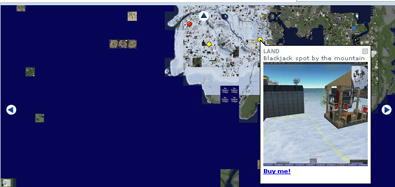Second Life architect: boundary-crossing users present database, network management issues


Calling Second Life a "virtual world" is selling their millions of devotees quite short. For so many, Second Life is an extension of this life. You know, the carbon-based- as opposed to the silicon-based- esistence.
For Second Life database architect Ian Wilkes, the limitless life-mirroring possibilities of Second Life creates consistent challenges.
In his presentation at OSCON, Ian paid Open Source all due props.
"Second Life wouldn't have happened without a massive foundation of Open Source," he said. "We need to rapidly change configurations globally and on the fly, related to the way users navigate or manage data."
Now this is where Second Life's indescribable uniqueness becomes challenging to manage on a technical but practical level.
Ah yes, Ian. Networks, their characteristics and their temperamental proclivities. A fact of life in this First Life.
Moving data stores- now that will keep your back-end (in both senses of the term) busy.
Another big issue for Second Life: what about opening up APIs so that Second Life applications could be exported into other functions, kind of like Google Earth and Google Maps are now.
Admitting that Second Life "right now is a walled garden," Ian did not sound totally convinced that opening up their platform and releasing code would be all that useful. The reason is not so much a corporate culture of proprietariness as much as the arguable contention that doing so isn't all that necessary.